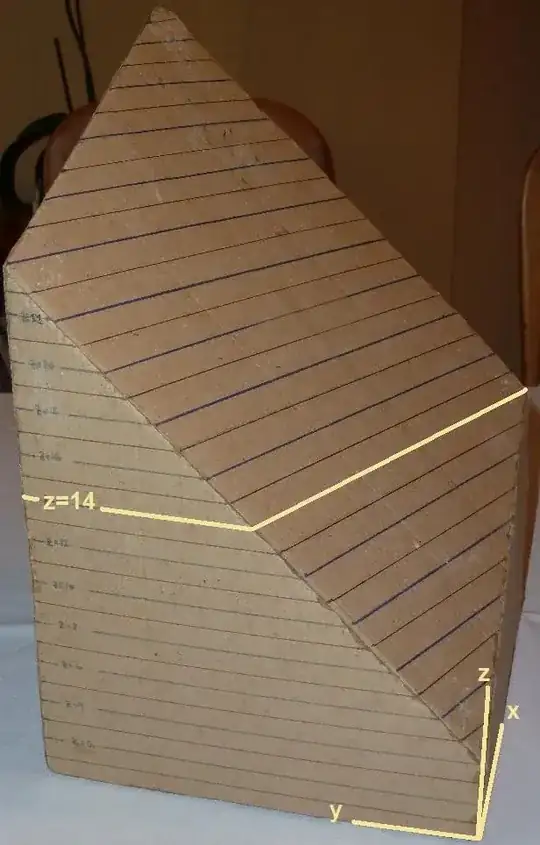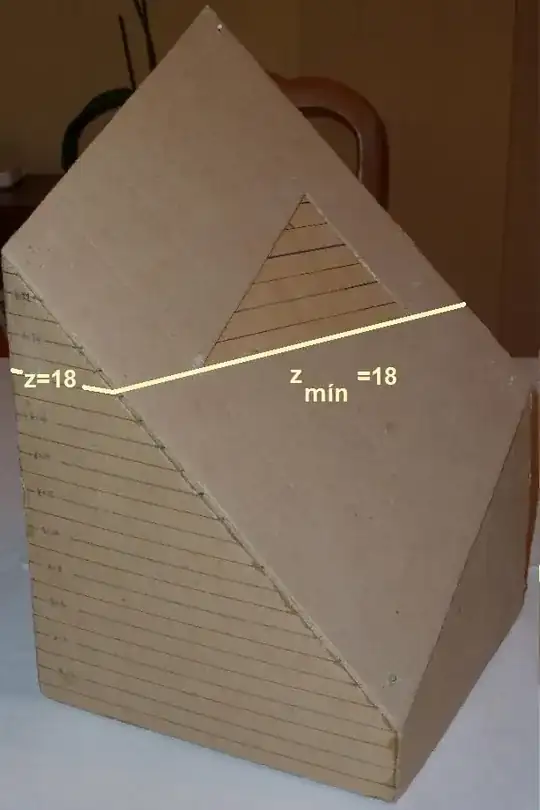If I have a function $f(x,y)$ subjected to a region $D$ on the xy-plane, then the extreme values of $f(x,y)$ occurs at the extreme "corners" points of $D$?
I remember waaaaaaay back in calculus, if the region is something even simple or "complicated" like a rectangle we had to do traces of $f(x,y)$ along planes and see where the maximum or min value of the single variable function is.
Is there a point in doing that? I could've sworn there's a theorem in Optimization that says "don't waste your time testing/finding extreme values on a region formed by a line because the optimal value occurs only at extreme points and the lines formed by the extreme points will never be a min or max"
I went back and pick up an old calculus textbook and I see authors doing the 'traces'. For instance, on a simple square [0,1] x [0,1], authors would make traces like
$f(x,0)$ = blah blah blah


